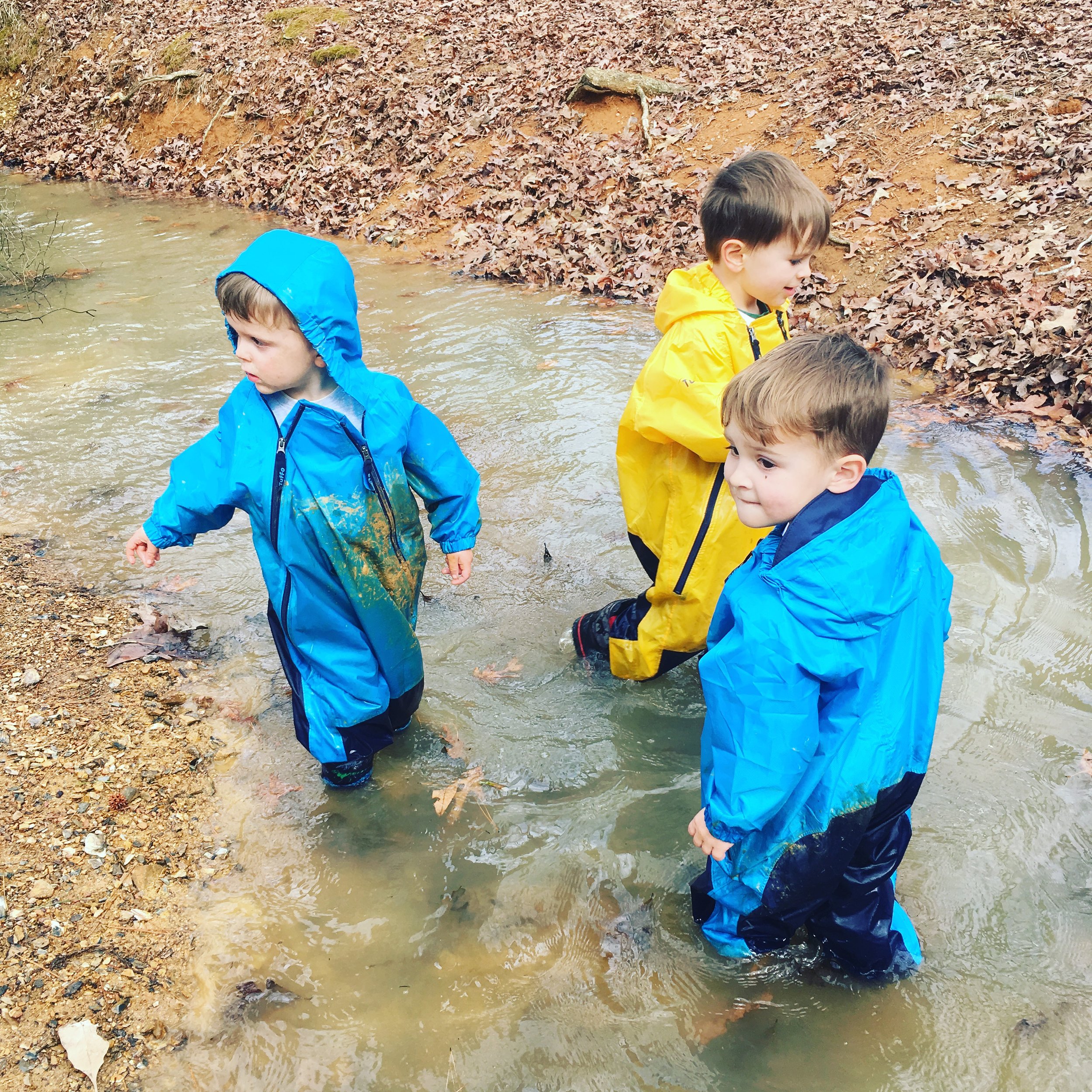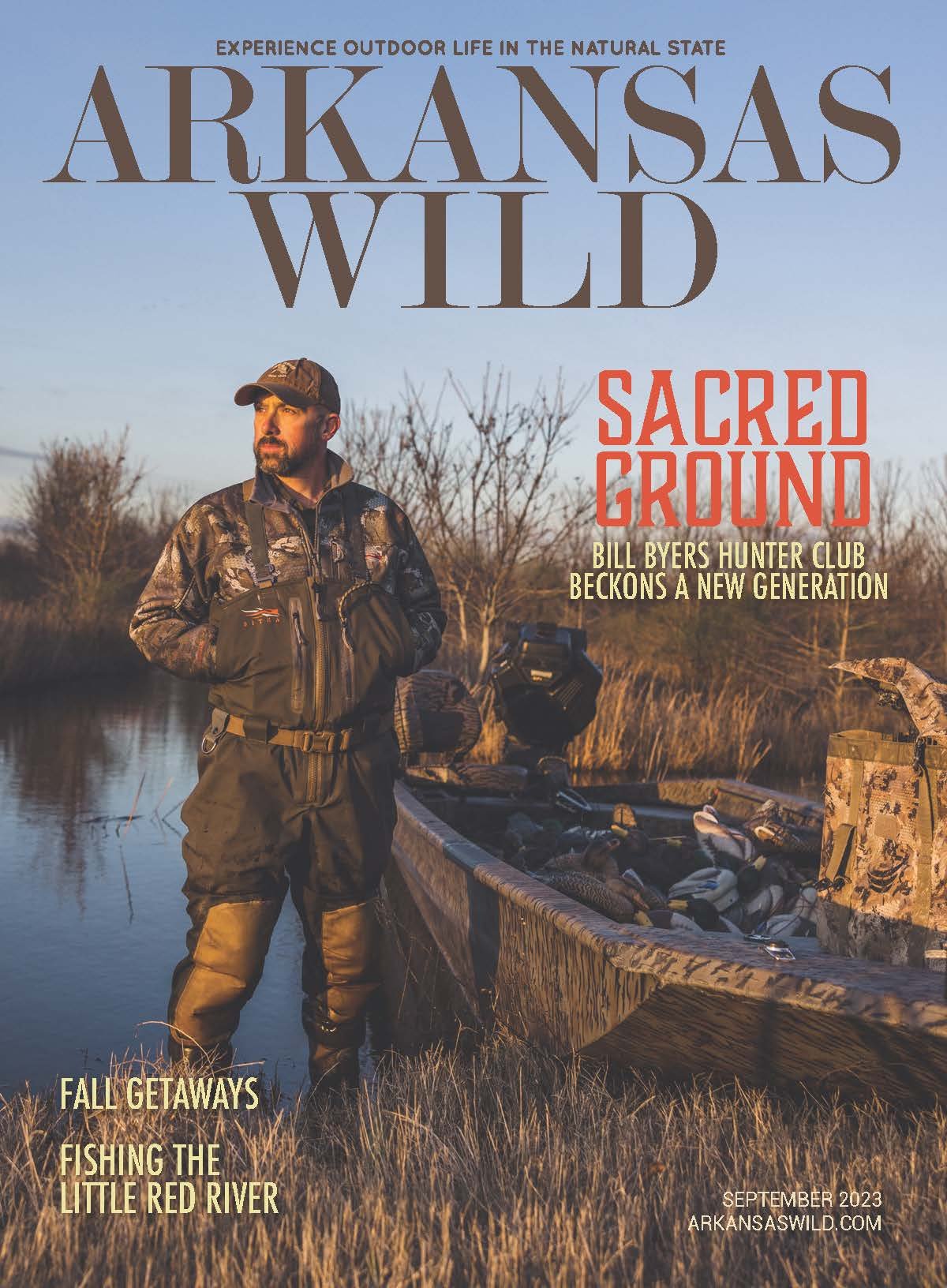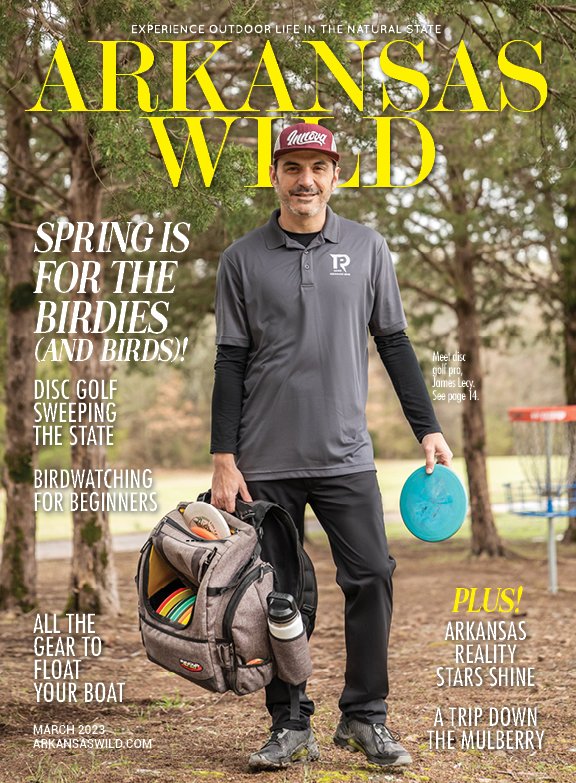Get Them Outside!
Children Benefit From Green Spaces
By Austin Orr
There has been an increasing awareness that kids aren’t playing outside as much as they used to, and according to some, it’s time to start changing that. Urban population growth and a paradigm shift in how we interact with technology has edged kids away from the out of doors and more towards the couch.
In an effort to help support parents who want to see their kids experience more time in a safe outdoors environment, several education initiatives have begun gathering strength. Bringing nature into the classroom is the first and, by far the most common, of these.
Children at the Lake Nixon Outdoor Preschool play in puddles and participate in the more usual preschool activity of finger-painting.
This approach has obvious benefits - when the kids are examining natural objects like feathers or shells, the teacher is able to regulate a larger group of kids and make sure things are going to plan. A sudden thunderstorm doesn’t dampen spirits, and the kids may have a chance to hold or touch, with supervision, live creatures they may not otherwise, such as snakes or lizards.
Trout in the Classroom (TIC) is a vibrant example of a bring-the-outdoors-inside strategy. TIC started in 1997 in New York with the goal of educating school kids about the importance of clean water and habitat for trout and other species in the local watersheds. According to their website, ”...the immediate goal of Trout in the Classroom is to increase student knowledge of water quality and coldwater conservation, its long-term goal is to reconnect an increasingly urbanized population of youth to the system of streams, rivers and watersheds that sustain them.”
Trout Unlimited (TU) is the primary sponsor of the TIC program, and many local TU chapters also have a Trout in the Classroom program that they coordinate with area schools. The White River Chapter of TU, located in Mountain Home, is involved with many different classrooms across the Northwest corner of the state. By partnering with the Norfork National Fish Hatchery, TIC is able to provide teachers access to expensive equipment (trout eggs, 55 gallon tank, water chilling unit, filters, etc) and expertise that would be quite difficult to obtain otherwise.
Teachers are able to then take these resources and create a series of learning opportunities: investigating the economic impact of sportfishing in the region, water chemistry, biology, ethics and history, for starters. In this way, the teachers have a broad palatte to draw from and a way to interest and involve kids directly in the outdoors without ever leaving the classroom.
Another view is that kids should go and learn with the great outdoors as their classroom. This concept has borrowed heavily from “forest kindergarten” schools that originated in Germany. These schools hold class outside in a forest environment, no matter the weather. Toys and activities are fashioned directly from objects and experiences found during their walks in the woods. This allows for the kids to have a hands-on experience and to direct the pace of learning for each day.
The bad news for parents is that finding people with the prerequisite set of skills - a limitless well of patience, the keen eye of a naturalist, and the creative mind of an artist —isn’t easy. The good news is that these people are out there, and they are tremendously passionate about what they do.
Take Monica Woods for example. Woods had an early career as a backcountry rock climbing guide. Switching from looking after adults in the wilderness to kids in a classroom, Woods taught at a public school for several years before looking around for something else. Now she serves the Lake Nixon Outdoor Preschool, located just outside downtown Little Rock, as Program Developer and lead educator, helping guide both kids and parents through the process. Outdoor preschools usually operate rain or shine, and the parents are understandably concerned about the weather.
The kids take to it extremely well, Woods says, even in inclement conditions. Obviously having the right clothing is essential, so she works with parents to recommend or find the appropriate gear. It’s really important, Woods says, for the parents to learn that kids can detect and remedy their own discomfort.
Woods says that she’s been amazed by how happy the kids are while they’re outside. They’re playing, sure, but they’re also learning critical skills. Interacting with each other, experiencing group discussion and dynamics, monitoring their own comfort level, and acquiring new vocabulary along with other academic lessons that Woods and her team make sure to get in every day. She’s quick to point out that while classrooms have their place, so does experiential learning. “Give it a try. If your kid isn’t extraordinarily joyful at the end of the day, we can try something different,” Woods suggests.
These competing paradigms - top down, highly structured versus bottom up, self-directed learning - can sometimes provoke strong opinions from parents. This makes sense; after all, we live in a society driven by educational success as a stair-step towards career success. Not only that, it’s an opportunity for young people to experience learning in a different way that might open up new doors and a new path in life. A path lined with trees, and a greater understanding of how clean water affects us all.
The good news is that no matter which education style you prefer, there are programs out there designed to help. The other good news is that most of these programs have a need for volunteers or sponsors to assist with their mission, which is an opportunity for you or passionate people you know to step in and help make a difference.




